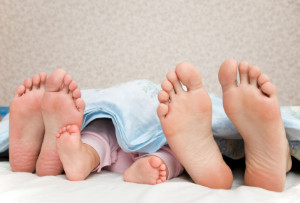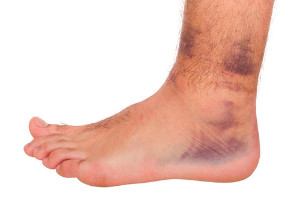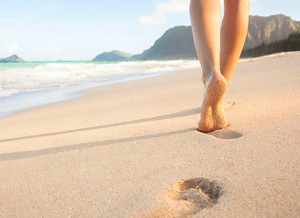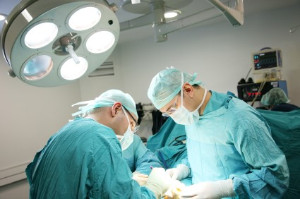 Diabetics are at an increased risk for serious foot injuries. Due to neuropathy, or nerve loss, diabetics may not realize that they have foot wounds. They also generally experience poor blood circulation; this means it’s harder for wounds to heal and makes infection more likely. Seeing a podiatrist before going shoe shopping is a great idea for diabetics, as he or she can also make custom recommendations. When you do go shopping, going later in the day is best as feet get larger throughout the day. If one foot is larger than the other, go with a size that provides enough space for the larger foot. A good pair of shoes should be soft and provide ample cushion and enough support. Make sure that there aren’t any seams in the shoes that can rub up against your feet, and ensure that the shoes provide space for the toes to wiggle. Finally, replace your shoes when they become worn out. Diabetes brings many challenges with it, but knowing how to take care of your feet can prevent potential harm.
Diabetics are at an increased risk for serious foot injuries. Due to neuropathy, or nerve loss, diabetics may not realize that they have foot wounds. They also generally experience poor blood circulation; this means it’s harder for wounds to heal and makes infection more likely. Seeing a podiatrist before going shoe shopping is a great idea for diabetics, as he or she can also make custom recommendations. When you do go shopping, going later in the day is best as feet get larger throughout the day. If one foot is larger than the other, go with a size that provides enough space for the larger foot. A good pair of shoes should be soft and provide ample cushion and enough support. Make sure that there aren’t any seams in the shoes that can rub up against your feet, and ensure that the shoes provide space for the toes to wiggle. Finally, replace your shoes when they become worn out. Diabetes brings many challenges with it, but knowing how to take care of your feet can prevent potential harm.
Diabetic foot care is important in preventing foot ailments such as ulcers. If you are suffering from diabetes or have any other concerns about your feet, contact one of our podiatrists from Westside Podiatry Center, LLP. Our doctors can provide the care you need to keep you pain-free and on your feet.
Diabetic Foot Care
Diabetes affects millions of people every year. The condition can damage blood vessels in many parts of the body, especially the feet. Because of this, taking care of your feet is essential if you have diabetes, and having a podiatrist help monitor your foot health is highly recommended.
The Importance of Caring for Your Feet
- Routinely inspect your feet for bruises or sores.
- Wear socks that fit your feet comfortably.
- Wear comfortable shoes that provide adequate support.
Patients with diabetes should have their doctor monitor their blood levels, as blood sugar levels play such a huge role in diabetic care. Monitoring these levels on a regular basis is highly advised.
It is always best to inform your healthcare professional of any concerns you may have regarding your feet, especially for diabetic patients. Early treatment and routine foot examinations are keys to maintaining proper health, especially because severe complications can arise if proper treatment is not applied.
If you have any questions please feel free to contact one of our offices located in Liverpool, Camillus, Skaneateles, Oswego, and Cicero, NY . We offer the newest diagnostic and treatment technologies for all your foot and ankle needs.



 Ben McLemore
Ben McLemore